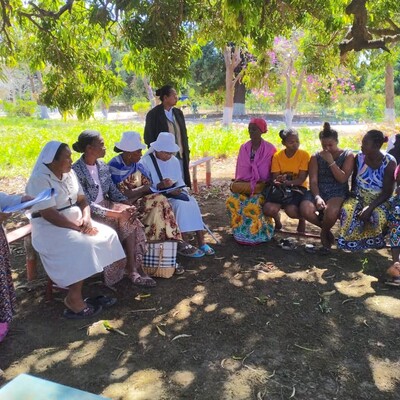
Reflections on food safety and risk perception

Bird’s-eye view of a colourful food market in Western Bengal, where 70% of people depend on agriculture (photo credit: Krishnasis Ghosh/Bioversity International).
In a recent blog post (11 April) published by the Global Panel on Agriculture and Food Systems for Nutrition, Delia Grace, a food safety expert at the International Livestock Research Institute (ILRI), discusses food safety and the psychology of risk perception.
She notes that when it comes to food safety, what consumers perceive to be risky and what experts consider to be the most important risks are often not the same.
Citing the example of genetically modified foods, Grace says: “. . . there is remarkable consistency from scientists and expert bodies that genetically modified foods are safe to eat, and yet in many countries, most of the public are skeptical about them.”
The blog post, Healthier food supply: what you worry about and what makes you sick is not the same, acknowledges the complexity of risk perception and the difference in how experts and the general public perceive risks and food safety.
Better evidence can play a part in countering the natural tendency to misperceive risk, she says. An example of such evidence is a new policy brief on food safety, Policy Options for a Healthier Food Supply, which reviews food safety issues that are critical to poor and vulnerable populations in low- and middle-income countries.




















